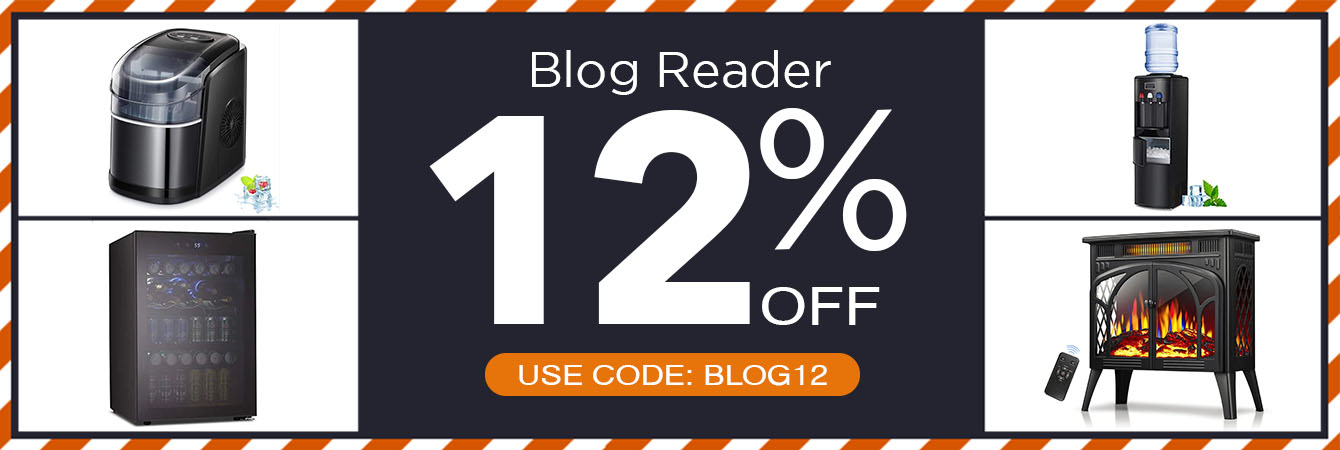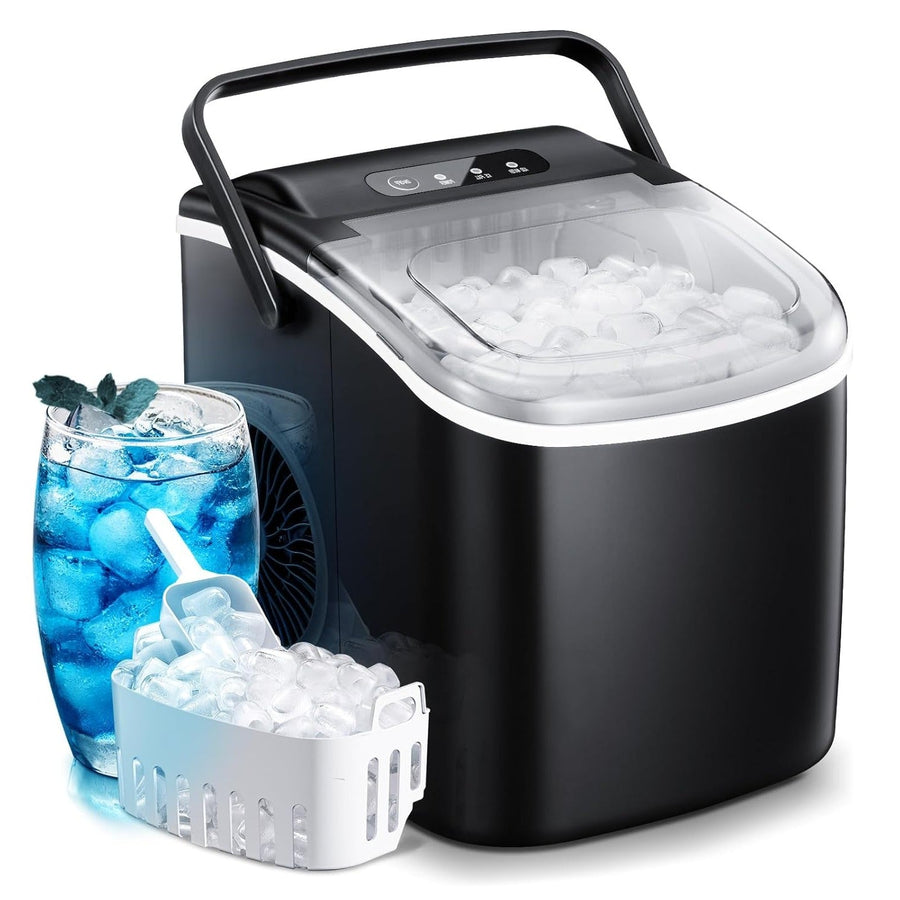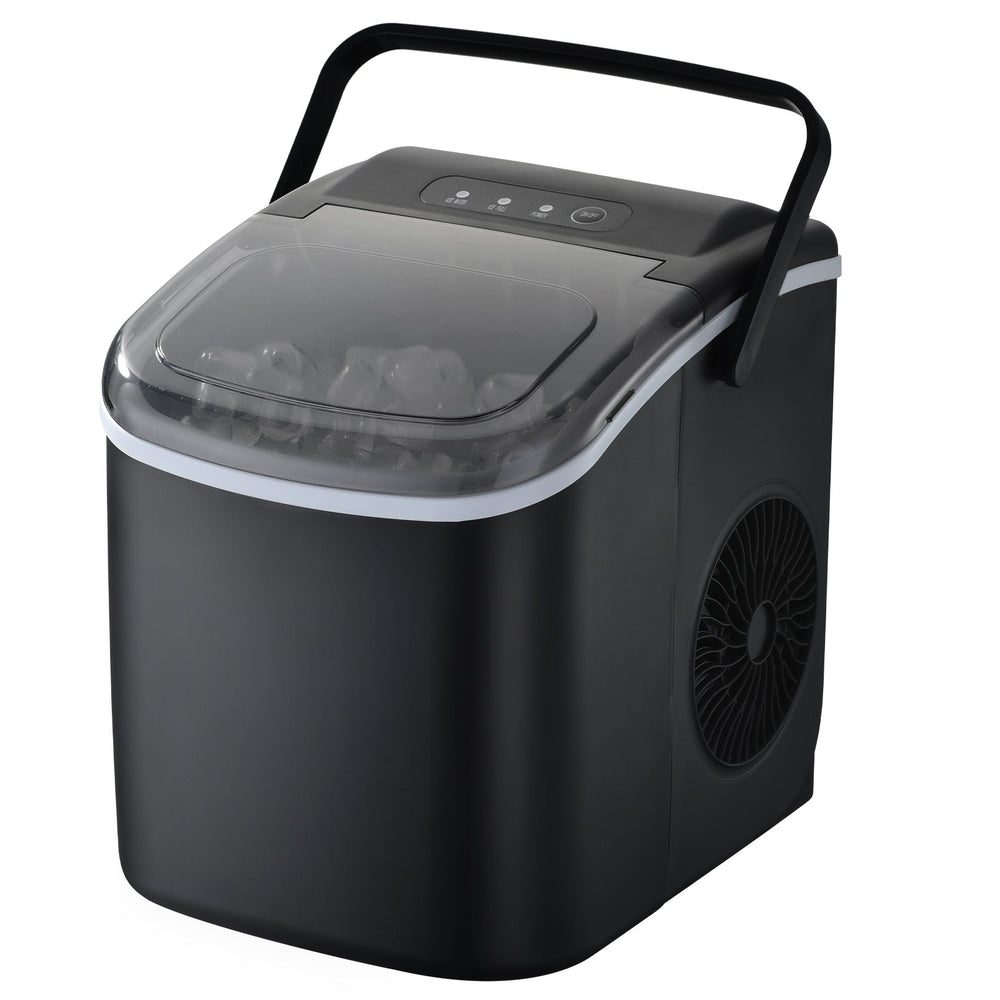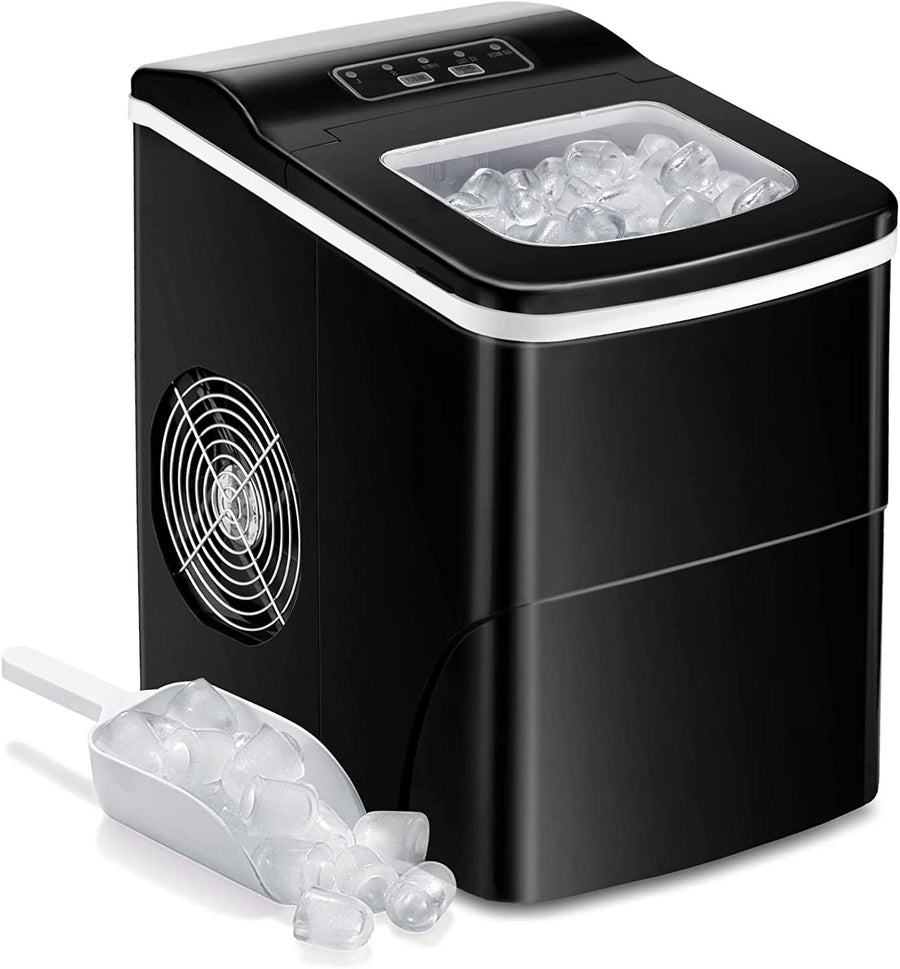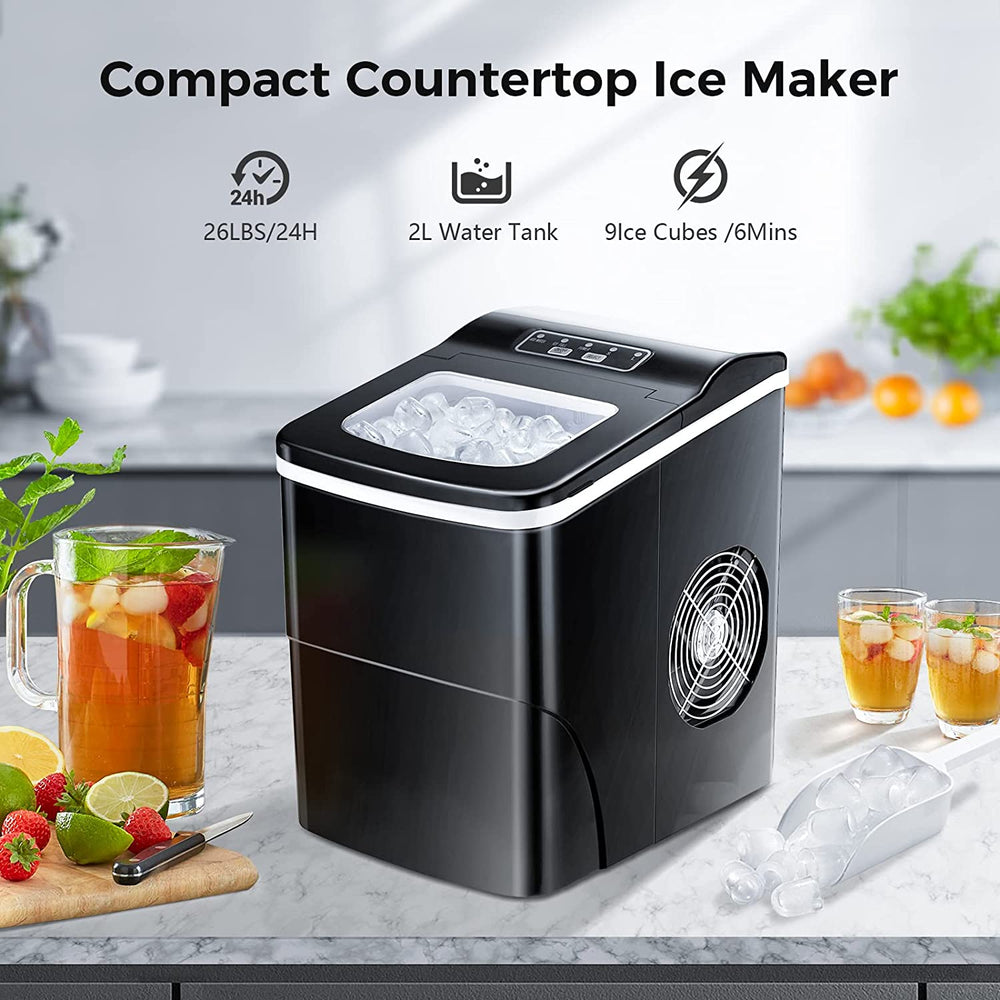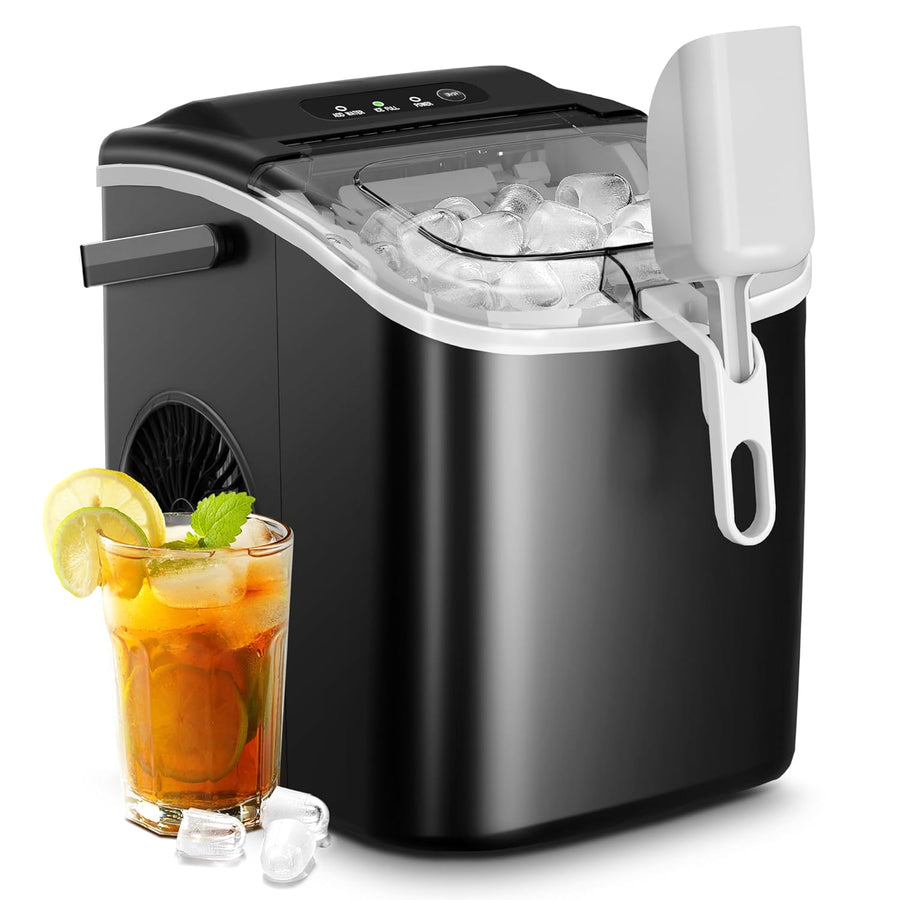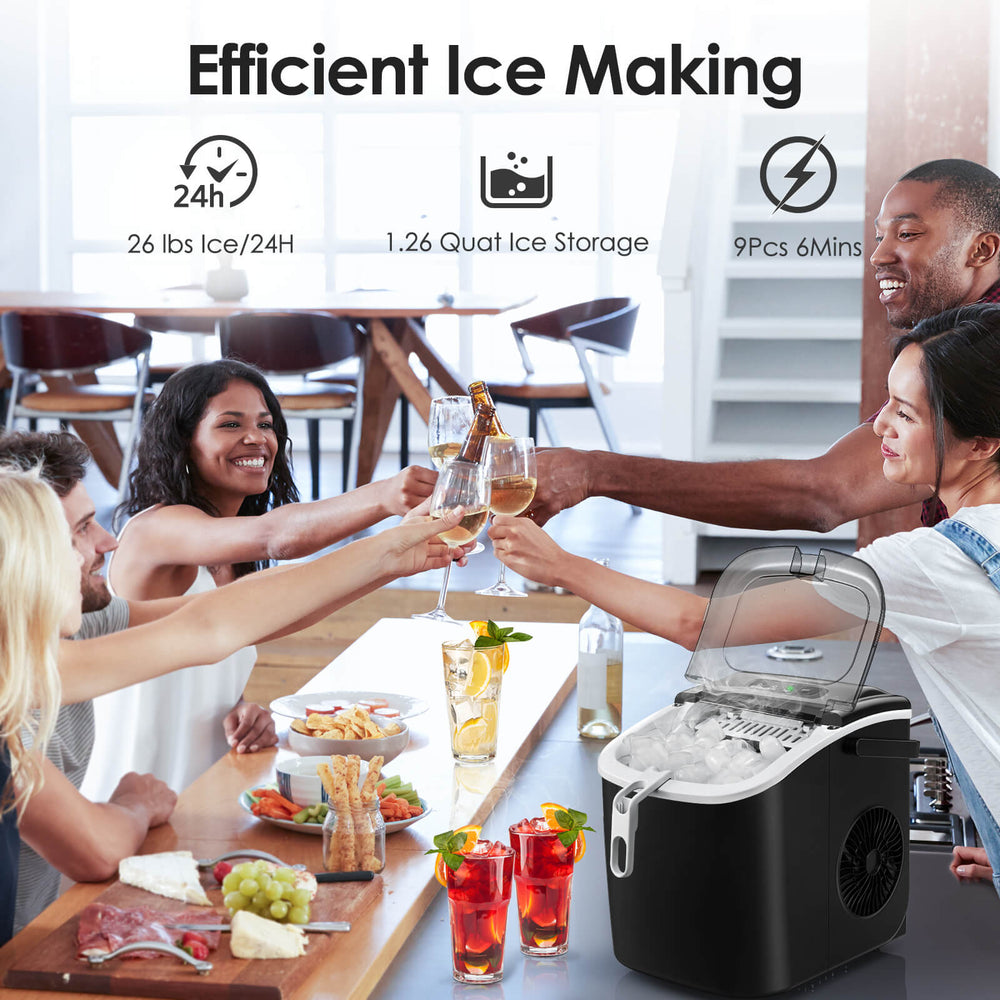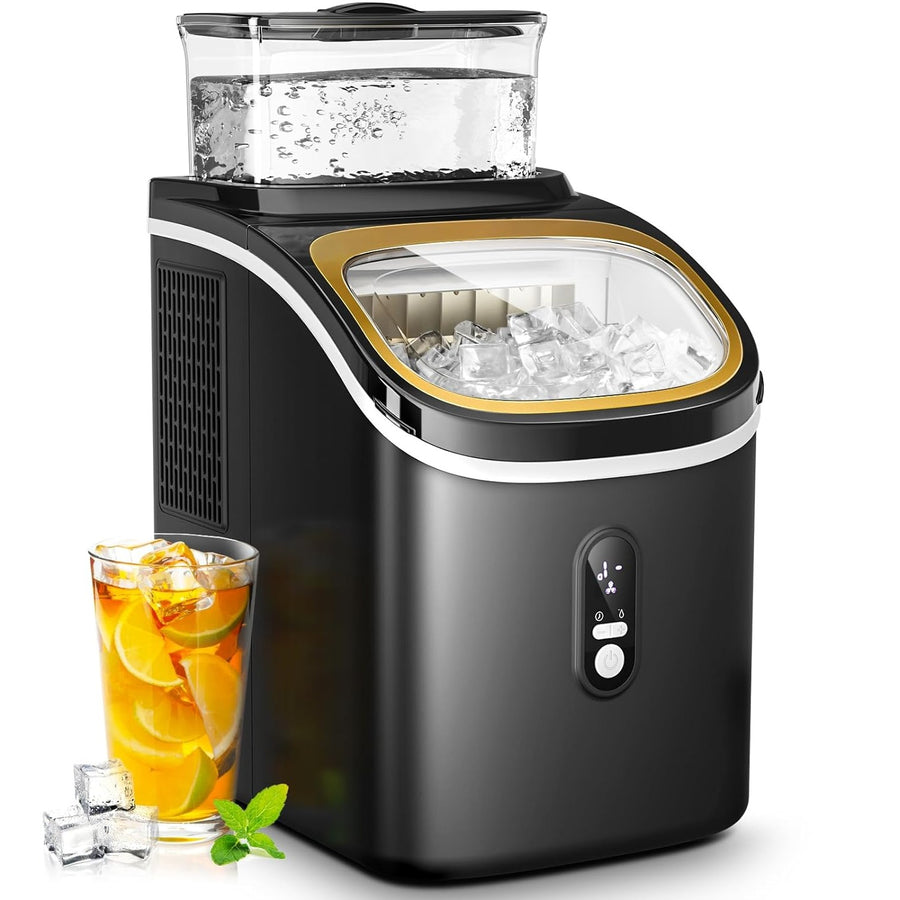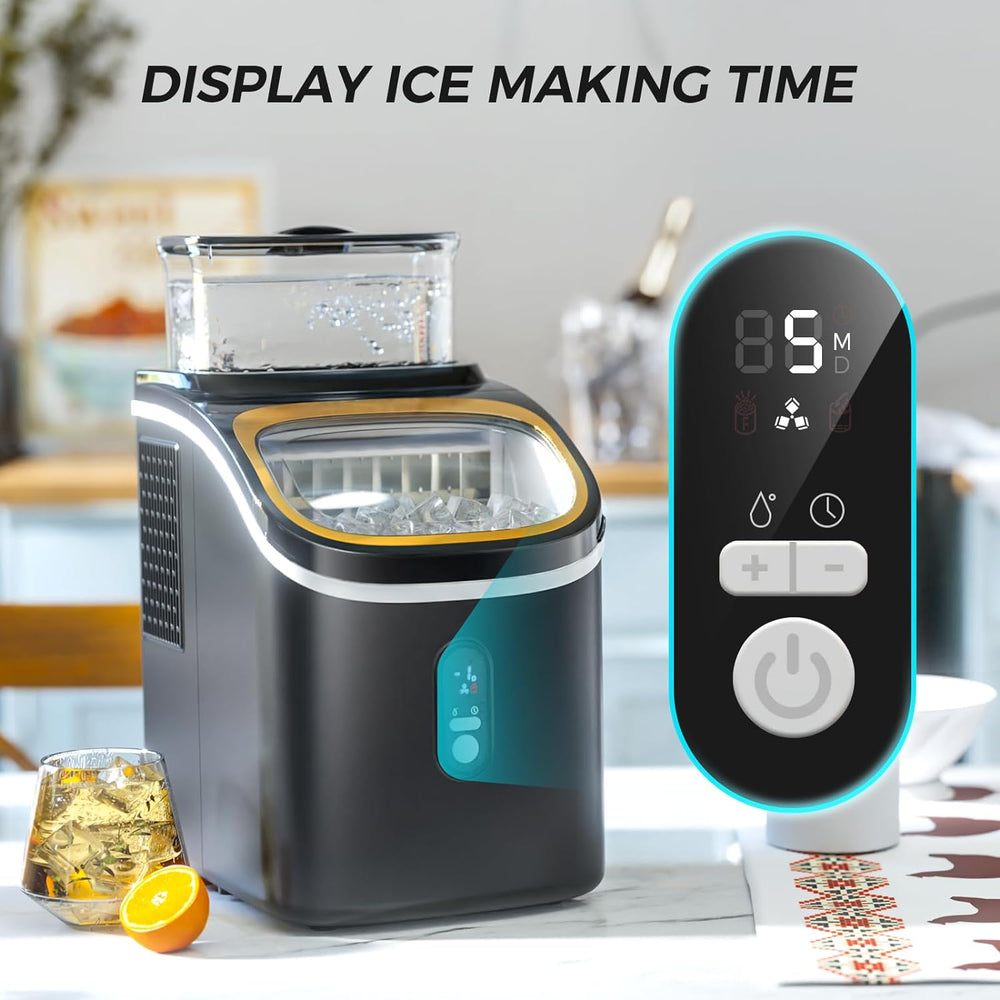How Does a Dehumidifier Work: An Easy Guide
Living in humid areas can affect our well-being in many ways, one is humidity. Treating it is essential for not only moisture, but it can have a massive negative effect on the comfort of every individual living in it.
How Do Dehumidifiers Work?
Dehumidifiers work is in essence removing moisture from a room, this will make the environment feel less stuffy and humid. It needs to be highlighted that contrary to an air conditioner, it doesn't cool the room temperature.
A dehumidifier will draw warm, stuffy air into its internal mechanisms through a fan. The dehumidifier traps the moisture and releases the air back into the environment. This moisture forms extra water, collecting it in a reservoir or a bucket that needs to empty every few hours.
Dehumidifier Work by a 2 Step Principle:
- Extract moisture out of the air
- Heat the dry air back up
The Step by Step How They Operate

The compressor powers the fan, creating a flow of refrigerant.
This fan draws in moist air through an air inlet. Inside the dehumidifier, the humid air runs through a set of quite cold coils. These coils cause the water from the air to condense, forming droplets. Collecting water in a drip tray and deposited into a water tank, which can be removed with ease. The dry and cool air passes over hot coils and is warmed up.
Finally, this humid air is pushed out as a dry one, ensuring a more comfortable and humid-free environment.
How are Dehumidifiers Set up?
Setting up your dehumidifier is not difficult to any extent. Knowing their main parts and how they work individually and together is essential for any issues you may encounter.
Here is also a simple and easy video that goes through every part of a dehumidifier.
Main Components of Dehumidifiers
- Fan Compressor
- Reheater
- Compressor cooling coils
- Reservoir
- Humidity Stat
These parts work together in a simple but effective process. The fan compressor sucks in the humid air, which passes through the compressor's cooling coils.
As the air cools down, the moisture condenses into water, falling down into a reservoir. The air is then reheated, and the dehumidifier siphons it back into the room while keeping the moisture contained within the unit.
In most dehumidifiers, the reservoir is a removable bucket that you need to empty when it gets full. Kismile dehumidifiers come with manual or automatic reservoir or drainages.
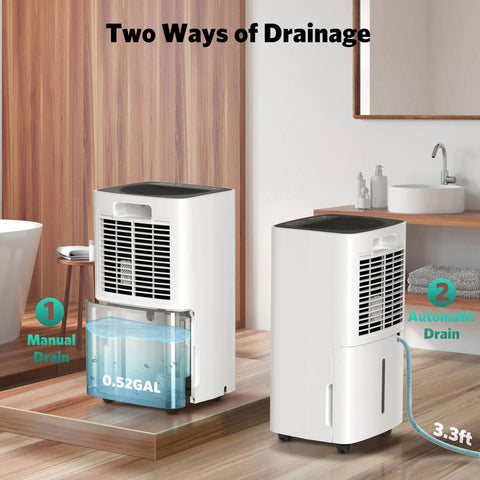
Most dehumidifiers also have a Humidistat that will measure the relative humidity in your home.
You can set the Indicator to the desired level so the dehumidifier runs the right amount. During the summer, you'll feel more comfortable when you program the humidistat between 30 and 50% relative humidity.
Types of Dehumidifiers
There are two different types of dehumidifiers. We have included a third one. The first two dehumidifiers are portable, whereas the third one is connected to your central HVAC system. How they work can determine which type you need to get for your space.
Compressor Dehumidifiers
Also known as refrigerant dehumidifiers, draw in warm air and pass it over cold coils. Water will condense upon contact with these, dripping into the water reservoir.
They will perform well in temperatures above 16°C. They are perfect for the tropics or warmer states where winters aren't so cold, or in heated rooms during the winter months.
Desiccant Dehumidifiers
These dehumidifiers use a special absorbing material to extract moisture from the air passed against it. The now saturated material then passes to a different position where the saturation is driven off by heating. Desiccant dehumidifiers are ideal in high-humidity or low-temperature states.
In warmer months, this may not be ideal, but if used in very cold rooms, such as walk-in fridges, this can help you save money on heating costs.
Whole-house Dehumidifiers
These dehumidifiers are quiet and out of sight. They distribute the heat they produce across your ductwork and keep every room at a comfortable humidity level.
You can hook the unit up to your air conditioner so the two machines work together. Otherwise, you can set it up to run independently on those mild days.
Benefits of Owning Dehumidifiers

High humidity levels can cause problems to your health, your comfort, and your home. Here are five of the many benefits a dehumidifier will provide to your home.
Prevents and Hinder Mold Growth
The obvious major benefit of using a dehumidifier is combating mold growth. People living in homes with dampness and mold are more likely to develop health problems such as breathing, allergies and in worse cases affecting your immune system.
Some common reactions to these moisture-loving allergens include:
- stuffy nose
- itchy or watery eyes
- sneezing, difficulty in breathing
- skin rashes
Additionally, mold growing in your house can cause damage to your wallpaper and walls. A dehumidifier set up in the room where the mold is can stop it from growing.
If we think about our food storage, bread and cereals will remain fresh longer without getting stale.
Prevents the Proliferation of Dust Mites
Dust mites are microscopic pests that are a close relative of ticks and spiders. They tend to live in your upholstery, bedding, furniture, and carpets. Being quite common and little-understood allergy triggers for many people. By reducing humidity levels, dehumidifiers create an inhospitable environment for them.
Improves Your Clothes Drying

Excessive humidity in your home increases the development of mold, not only on your clothing but also on furniture, bed linen, towels, curtains, and other fabrics.
If you don't have a dryer or the weather is not helpful, as in my case, owning a dehumidifier can be helpful for speeding up the clothes-drying process.
These will collect the moisture from your fresh laundry, allowing it to dry quicker and leaving the room warm and dry.
Reduces Energy Costs
Having a dehumidifier may help control energy costs by helping your air conditioner work in a more efficient way.
As a dehumidifier removes moisture from the air, it reduces the workload on your air conditioner, allowing it to maintain a comfortable temperature. This not only saves energy but also reduces the stress on your cooling equipment.
Protects your Electronic Devices
Electronics and water don't mix. Too much moisture on your devices can corrode due to rust. Corrosion can break them down and make them fail sooner. Getting rid of too much humid air is important for protecting these valuable items.
Rounding up
Dehumidification helps to keep indoor air at a reasonable humidity level, which helps to keep every member of the family healthy. Leading to cleaner and healthier air, creating a healthier living environment overall.
If you are thinking of getting a dehumidifier, head to our website and get the most suitable dehumidifier for your home!




